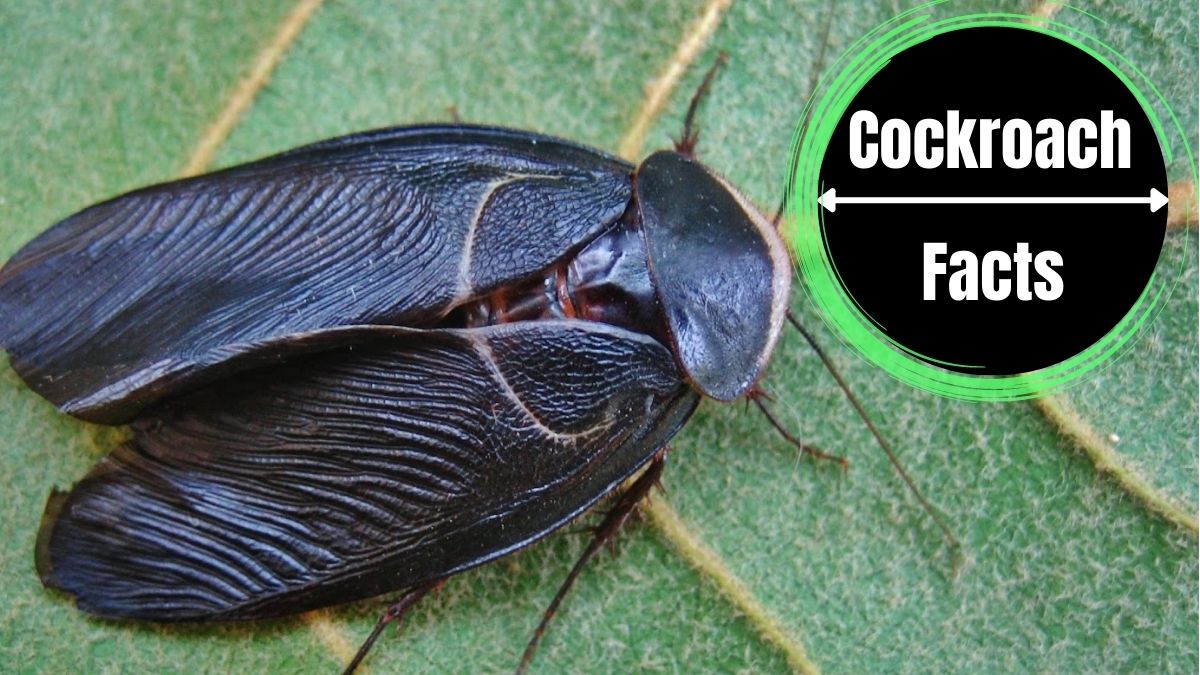Cockroaches, the resilient and reviled pests, have long been associated with unhygienic environments and the bane of homeowners worldwide. Among the many species of cockroaches, the Egyptian cockroach holds a unique place in the entomological realm. In this guide, we will delve into the fascinating world of Egyptian cockroaches, their characteristics, their habitats, and how to deal with these uninvited guests. Additionally, we will shed light on the enigmatic Egyptian sand cockroach, a close relative that shares a similar habitat. Let’s embark on a journey to uncover the secrets of these desert-dwelling pests.
Are there Egyptian Cockroaches?
Yes, Egyptian cockroaches (Polyphaga saussurei) do exist, and they are a distinct species of cockroaches found in the arid regions of Egypt and other parts of North Africa. Often confused with the German cockroach due to their similar appearance, Egyptian cockroaches have specific characteristics that set them apart. These cockroaches are medium-sized and are generally light brown or tan in color. They have well-developed wings, though they are not known for their flying abilities and tend to rely on their legs for fast movement.
Habitat and Behavior
As the name suggests, Egyptian cockroaches are predominantly found in desert environments, thriving in warm and arid climates. They are well-adapted to withstand the extreme temperatures and limited water availability in these regions. Commonly, these pests can be seen in sandy areas, rock crevices, and under debris, where they find shelter and refuge during the day.
Unlike some other cockroach species, Egyptian cockroaches are not as reliant on human habitats and do not often infest homes. However, they can occasionally find their way into buildings seeking food and water. Their diet primarily consists of plant materials, decaying organic matter, and occasional small insects.
Reproduction and Life Cycle
Egyptian cockroaches reproduce through sexual reproduction, with females laying egg cases called oothecae. These oothecae contain multiple eggs and are often deposited in secluded places with favorable conditions for incubation. The nymphs hatch from the oothecae and undergo several molting stages before reaching adulthood. The entire life cycle from egg to adult typically takes a few months, but it may vary depending on environmental conditions and available resources.
Control and Prevention
While Egyptian cockroaches are not as notorious for infesting homes as other species, prevention is still crucial to keep them at bay. Here are some tips to prevent Egyptian cockroach infestations:
Maintain cleanliness: Regularly clean and sanitize your living spaces, especially kitchens, and areas where food is stored or prepared.
Seal entry points: Seal cracks and crevices in walls and windows to prevent cockroaches from entering your home.
Proper storage: Store food in airtight containers to deny cockroaches access to their food source.
Reduce moisture: Fix leaky pipes and ensure proper drainage to reduce water sources.
What is the Egyptian Sand Cockroach?
The Egyptian sand cockroach (Polyphaga aegyptiaca) is another fascinating species closely related to the Egyptian cockroach, though they are not the same. These cockroaches share similar habitats, preferring desert environments with sandy terrain. They are well-adapted to withstand arid conditions and are known for their burrowing behavior in the sand, which helps them escape extreme temperatures.
Unlike the Egyptian cockroach, the Egyptian sand cockroach is smaller in size and has a more elongated body. They are yellowish-brown in color and have large, powerful hind legs that assist them in digging and navigating through the sand.
Similar to their desert-dwelling counterpart, Egyptian sand cockroaches feed on organic debris and plant materials, making them valuable in natural ecosystems for their role in nutrient recycling.
Conclusion
Egyptian cockroaches and Egyptian sand cockroaches represent unique members of the vast and diverse cockroach family. Though they inhabit arid environments and are not typically household pests, understanding their characteristics and habitats is crucial for pest control and environmental management. By adopting preventive measures and respecting their natural habitats, we can coexist harmoniously with these intriguing creatures while ensuring they do not disrupt our living spaces.

